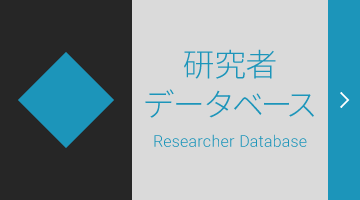| Journal Title /掲載ジャーナル名 |
ISME Journal |
| Publication Year and Month /掲載年月 |
December, 2024 |
| Paper Title /論文タイトル |
Two waves of photosymbiosis acquisition in extant planktonic foraminifera explained by ecological incumbency |
| DOI /論文DOI |
10.1093/ismejo/wrae244 |
| Author of Waseda University /本学の著者 |
MORIYA, Kazuyoshi(Professor, Faculty of Education and Integrated Arts and Sciences, School of Education):Last Author |
| Related Websites /関連Web |
– |
| Abstract /抄録 |
Photosymbiosis, a mode of mixotrophy by algal endosymbiosis, provides key advantage to pelagic life in oligotrophic oceans. Despite its ecological importance, mechanisms underlying its emergence and association with the evolutionary success of photosymbiotic lineages remain unclear. We used planktonic foraminifera, a group of pelagic test-forming protists with an excellent fossil record, to reveal the history of symbiont acquisition among their three main extant clades. We used single-cell 18S rRNA gene amplicon sequencing to reveal symbiont identity and mapped the symbiosis on a phylogeny time-calibrated by fossil data. We show that the highly specific symbiotic interaction with dinoflagellates emerged in the wake of a major extinction of symbiont-bearing taxa at the end of the Eocene. In contrast, less specific and low-light adapted symbioses with pelagophytes emerged 20 million years later, in multiple independent lineages in the Late Neogene, at a time when the vertical structure of pelagic ecosystems was transformed by global cooling. We infer that in foraminifera, photosymbiosis can evolve easily and that its establishment leads to diversification and ecological dominance to such extent, that the proliferation of new symbioses is prevented by the incumbent lineages. |






